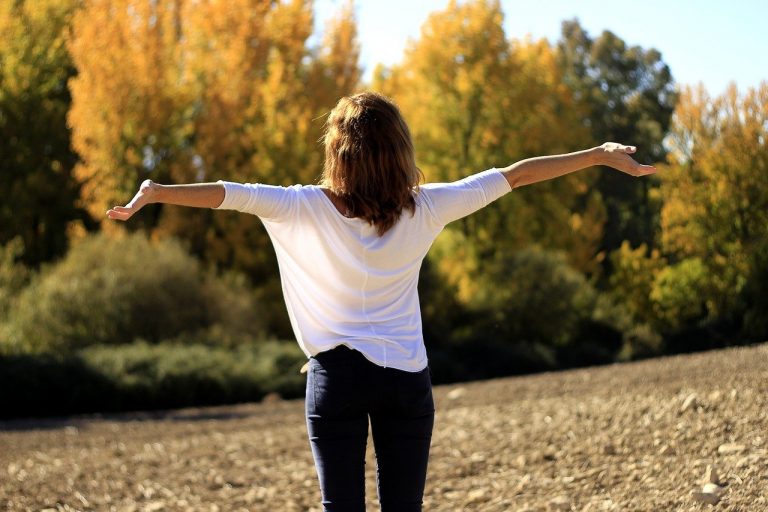Breathing: all about its discovery and how the respiration process works.

Breathing is the process that moves air in and out of the lungs. Respiration occurs when we breathe in and out. As we respire, oxygen from the air is carried to the cells of the body, whilst carbon dioxide is expelled out from the body.
How Respiration Works
According to Macmillan’s Scientific Discoveries by P. Stoyles and C. Mulvany, “as we breathe in, oxygen passes from our lungs into the blood. The oxygen sticks to haemoglobin, a substance found in the red blood cells. As the blood reaches the cells, the oxygen is released from the haemoglobin”.
The body cells need oxygen to survive – to live grow and keep up with life. As oxygen is breathed in, carbon dioxide is breathed out. Carbon dioxide is a waste product of respiration. Another waste product of this process is water, which is passed out as urine.
Discovery of Respiration
The process of respiration was discovered by scientists over four hundred years ago. The ancient Greeks thought that breathing cooled the heart and the blood.
In 1628, William Harvey, an English doctor, discovered that blood flowed to the lungs. In 1837, Heinrich Magnus, a German doctor found that blood going to the lungs had less oxygen and more carbon dioxide than blood leaving the lungs.
In 1905, John Haldane, a Scottish scientist, discovered that the breathing rate is controlled by the amount of carbon dioxide in the blood. The chemical element, oxygen, and compound, carbon dioxide, both play a vital role in the process of respiration.




